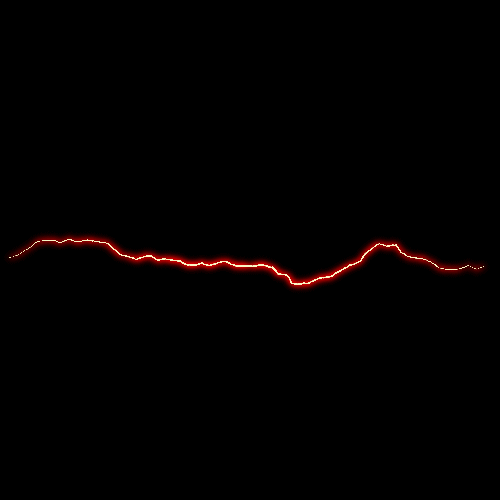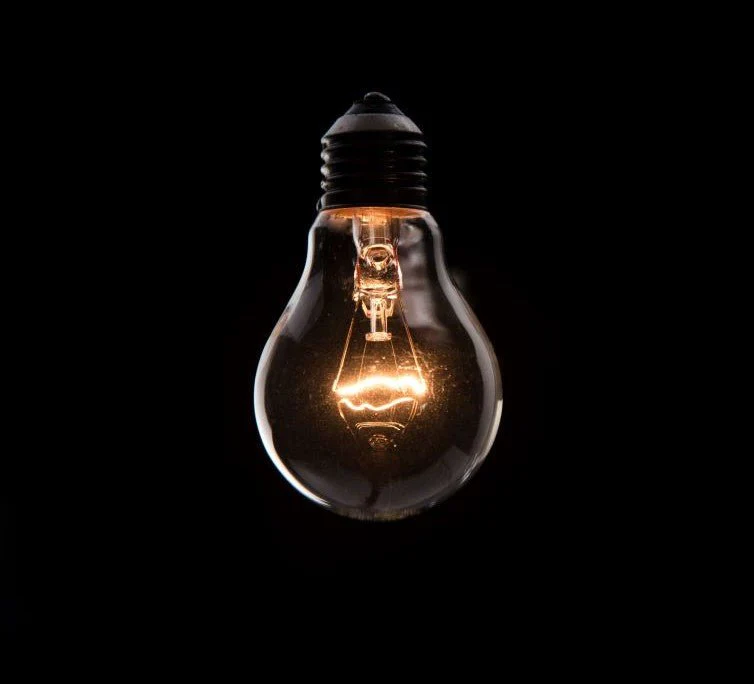Division — Energy
Researching next-generation power systems.
The Energy Division designs and instruments experimental power architectures — exploring resonance, switching topologies, and harmonic recovery through data-driven experimentation.
Every circuit we build is logged, measured, and shared for reproducibility — because open engineering drives better science.

Energy Division
About the Energy Division
We investigate next-generation energy systems through applied research, simulation, and real-world measurement. Our focus is on pushing efficiency, exploring resonance, and understanding the deeper interactions between electrical, thermal, and magnetic fields.
Resonant topologies
We explore advanced switching and harmonic recovery methods to achieve cleaner energy transfer and higher power density. Our work includes experimental coil geometries, resonant field mapping, and frequency-domain optimization.
Measured rigor
Every build is instrumented for precision. We use calibrated multi-channel sensing, automated sweep control, and data correlation tools to extract genuine insights—turning observation into understanding.
Open reproducibility
All prototypes are fully documented with schematics, scripts, calibration data, and operating notes. This ensures that anyone can rebuild, verify, and extend the research with transparent, peer-verifiable results.

Field geometry, resonance control, and precision measurement.
Mission — Energy Division
Redefining how energy is made, moved, and transformed.
We take a principled, engineering-first approach to power—studying resonance, field interaction, and control to uncover new ways of shaping energy. We’re not breaking physics; we’re applying it more precisely: tuning structure, timing, and materials so small changes can cascade into meaningful, measurable outcomes.
Our long-term objective is clear: a practical, sustainable path to usable energy that does not rely on steam cycles, spinning fans, or fusion plants. We focus on architectures that convert and recover energy intelligently, minimize moving parts, and scale from lab rigs to real industrial loads.
We aim to put Australia on the map—demonstrating that world-class innovation in energy generation can be designed, proven, and built here, with methods and results that stand up to scrutiny.
Get involved
Two practical ways to contribute to the Energy Division.
Suggest an Idea
Have a concept for improving energy transfer or conversion? Share your hypothesis, sketch, or control approach. Our team reviews submissions for feasibility and test setup potential.
Submit an ideaCollaborate on Research
Partner with us on controlled experiments, data collection, and modelling. Collaborations may include shared datasets, access to testbeds, and co-authored releases.
Start a collaboration